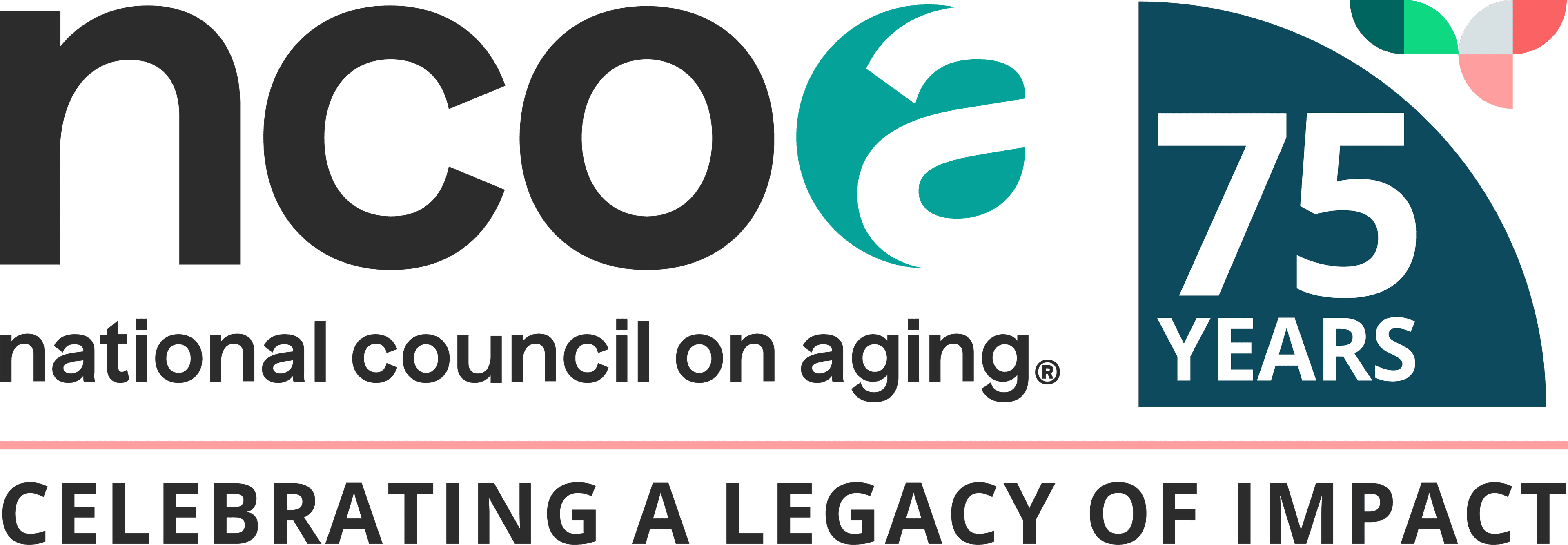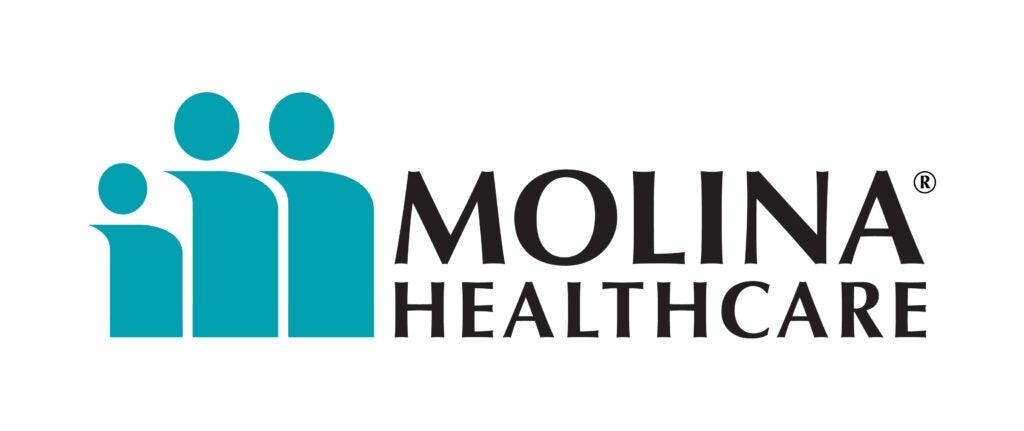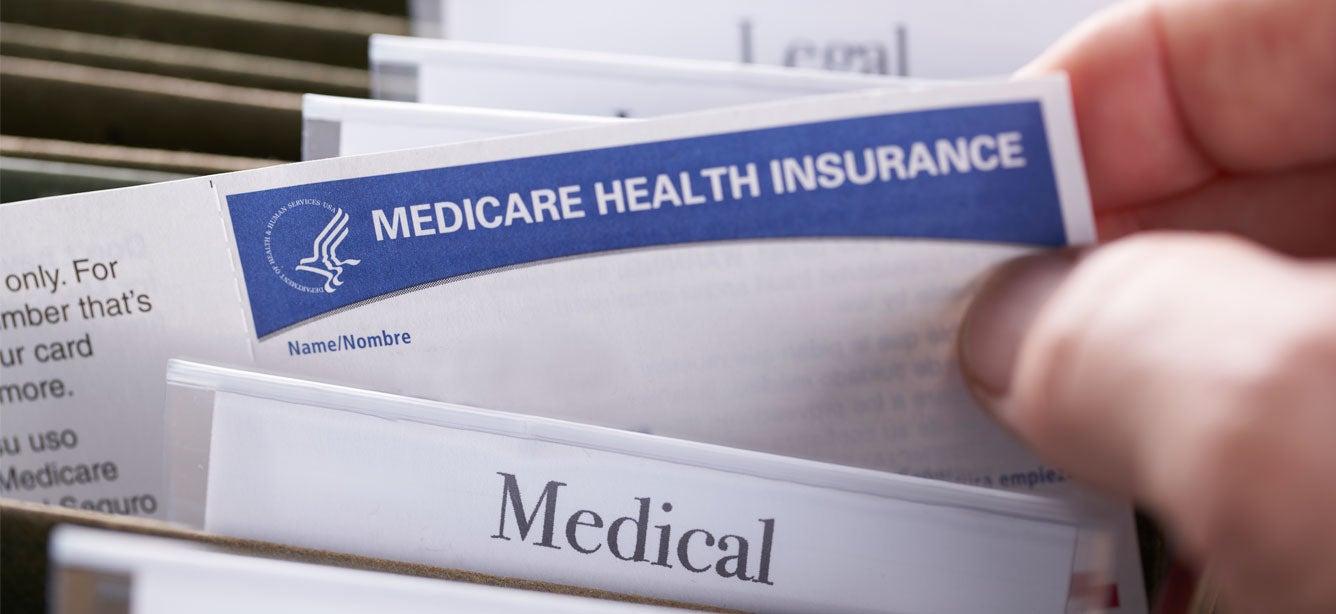
If you have a very modest income and you qualify for Medicare, you may be able to get the full range of health care benefits from Medicaid as well. This is known as full dual eligibility. To qualify for full dual eligibility, you must meet the requirements for both programs.
While Medicare is available regardless of income, Medicaid eligibility is state-specific and income-based. That might leave you wondering…
What if my income is too high for Medicaid?
If you meet the requirements for Medicare enrollment, but your income is greater than your state’s Medicaid limit, full dual eligibility may not be a possibility. But fortunately, you’re not out of options. There are still several programs and strategies that can help you manage your health care costs and get access to expanded benefits. Let’s take a look.
1. Spend-down programs
A Medicaid spend-down program is designed to help people with high medical expenses qualify for Medicaid, even if their income is too high. A spend-down program may also be called an “excess income program,” “surplus income program,” or “medically needy program.”
Here’s how it works: You submit proof of medical expenses—like hospital bills, prescriptions, or doctor visits—to your state’s Medicaid office. These costs are subtracted from your monthly income. If the adjusted amount falls below your state’s Medicaid income limit, you qualify for coverage that month.
For example: Simone, age 72, has Medicare, and her state’s Medicaid income limit is $2,000 a month. Since Simone's monthly income is $2,300, she must "spend down" the difference. After deducting $400 in monthly medical costs, Simone’s “countable income” drops to $1,900—which is now below the Medicaid limit. This allows her to qualify for Medicaid and get help with additional health care costs she couldn't afford on her own.
Not all states offer spend-down programs. Check with your local Medicaid office to see if your state participates. Find your local Medicaid agency here.
2. Buy-in programs for working people with disabilities
If you’re under 65 and have a disability or chronic condition, and you’re over your state’s Medicaid income limit, a Medicaid buy-in program could give you a path to dual eligibility.
What is a Medicaid buy-in program? It allows people with disabilities to "buy into" Medicaid by paying a monthly premium. Available in 49 states, buy-in programs help bridge the gap known as the “Medicaid cliff,” where working adults with disabilities lose Medicaid just because they earn a little more. If you qualify, you get access to valuable benefits while continuing to work and maintain your independence.
3. Asset reallocation or exclusions
Medicaid eligibility isn't just about income—it also includes asset limits. Assets refer to the resources or property you own that can be used to pay for care or living expenses.
Not all assets count toward Medicaid limits. Here are some assets that may be excluded when determining Medicaid eligibility:
- Your primary home (if you live in it) and the land on which it sits
- Certain retirement funds
- One vehicle
- Personal items and household goods
- Certain prepaid burial funds
Some people shift countable assets into these exempt categories to meet Medicaid’s limits. For instance, if someone has savings that put them over the asset cap, they may be able to use that money to pay off their mortgage or buy a burial policy. Note: Medicaid has a “look-back” period that may affect your ability to shift your assets and still qualify for benefits. This is a 60-month (five-year) period in which Medicaid reviews your financial history to ensure you haven't intentionally transferred assets to meet the asset limit. If the state determines assets were given away (or sold for less than fair market value), a penalty period may be applied that would delay your Medicaid eligibility.
Also, certain types of income—like Supplemental Security Income (SSI)—may not be counted toward your Medicaid limit. Talk to a local benefits counselor or elder law attorney to learn more about how your state’s Medicaid agency counts income and assets.
What are other options for getting Medicaid benefits?
Even if your income is too high for full Medicaid, you may still be eligible for programs that help with Medicare costs.
1. Medicare Savings Programs (MSPs). Medicare Savings Programs are Medicaid-administered programs that help people with limited income pay for certain out-of-pocket Medicare expenses. These programs make you partially dual eligible.
Types of MSPs include:
- Qualified Medicare Beneficiary (QMB): Helps cover Medicare Part A and B premiums, deductibles, coinsurance, and copayments
- Specified Low-Income Medicare Beneficiary (SLMB): Pays only the Part B premium
- Qualifying Individual (QI): Also pays the Part B premium, with slightly higher income limits than SLMB
- Qualified Disabled and Working Individual (QDWI): Pays the Part A premium for certain people with disabilities under age 65 who are working
Enrollment in an MSP can greatly reduce your out-of-pocket health care costs, which is important if you’re on a tight budget.
2. State-specific Medicaid waivers. Nearly all states offer Home and Community-Based Services (HCBS) waivers, which have more flexible income and asset limits than traditional Medicaid. These waivers help older adults stay in their home or within the community rather than moving into a nursing home. They can cover a combination of standard medical services and non-medical services, including home health aide, case management, transportation, and meal delivery.
Medicaid waiver programs differ by state and often have limited enrollment slots. Some operate on a first-come, first-served basis, while others are need-based. It’s important to apply early through your state’s Medicaid agency. If waivers are not available, you may be placed on a waitlist.
3. PACE: Program of All-Inclusive Care for the Elderly. PACE may be a good option if you’re 55 or older, need a high level of care, and want to stay in your community instead of moving to a nursing home or other facility. This program covers all Medicare Parts A, B, and D benefits; all Medicaid-covered services; and any additional care or support your care team feels you need to maintain or improve your health. This might include social services, transportation, caregiver support, and in-home care. The average age of PACE participants is 76, and about 90% are dually eligible.1
Kathleen Entler, a family caregiver, shared this testimonial with PACE: "My mom is doing really well. Her PACE team is just wonderful. Laura, her physical therapist, even has her doing some abdominal/back exercises and stretches! Mom has seen multiple specialists, all superbly coordinated by Shona, her NP, and mom told me that 'this plan is really high quality.' I think she is getting the best care that she has ever had.”
You do not need to be enrolled in Medicare or Medicaid to be eligible for PACE services, and there are no specific financial requirements. But you cannot be enrolled in certain programs (e.g., Medicare Advantage) and qualify for these services.
Seek the help of a trusted Medicare or Medicaid expert
If your income is too high for Medicaid and dual eligibility, don’t give up. There are other ways to reduce your health care costs and access services that can help you stay healthy and age well.
Keep in mind programs vary across states, and eligibility rules can be complicated. That’s why it’s a good idea to have a benefits counselor or elder law attorney help you navigate your options. You can also contact your State Health Insurance Assistance Program (SHIP), which provides free, unbiased counseling to Medicare and Medicaid enrollees—including dual eligibles.
“Even if you don’t qualify for traditional Medicaid, there are often alternative pathways to get the support you need,” advised Ryan Ramsey, NCOA Associate Director of Health Coverage and Benefits. “It’s important to check out every option, and when in doubt, talk to a professional. The right advice can make all the difference in protecting both your health and your financial security.”
Source
1. National PACE Association. Eligibility Requirements. Found on the internet at https://www.npaonline.org/eligibility-requirements





